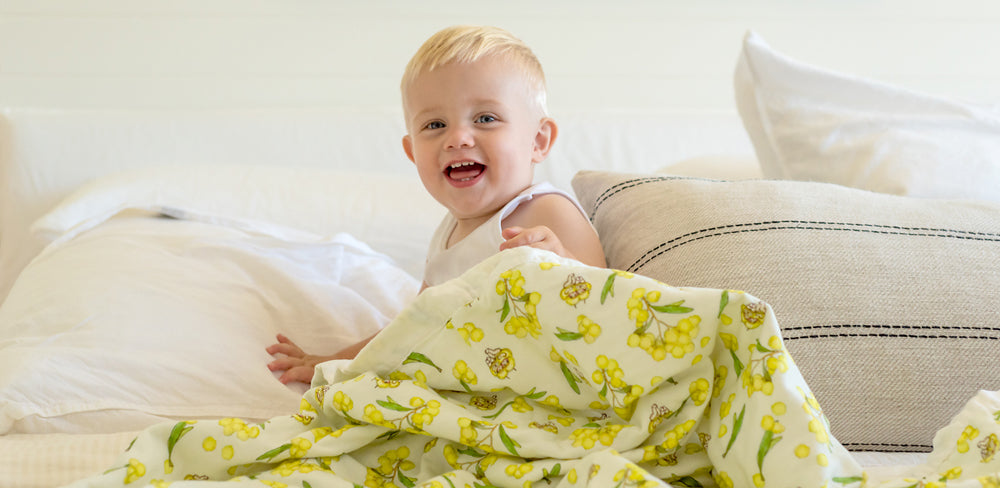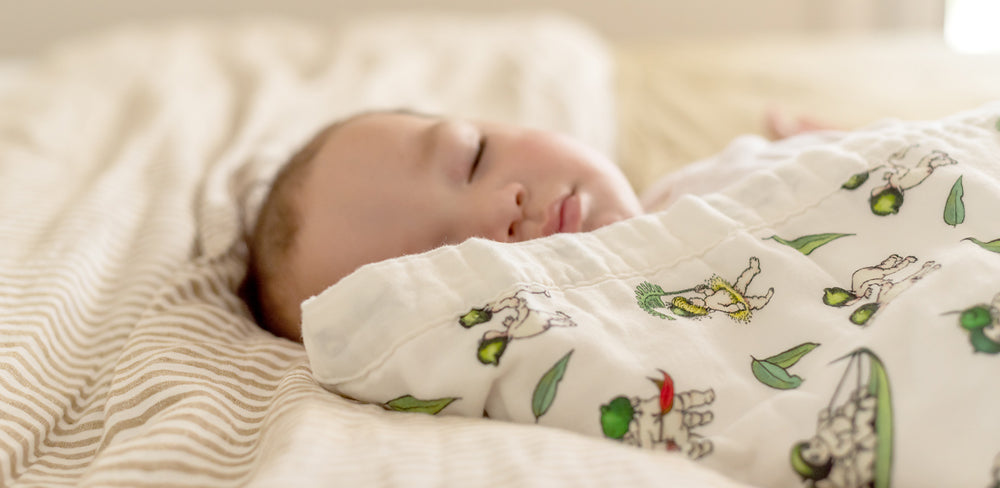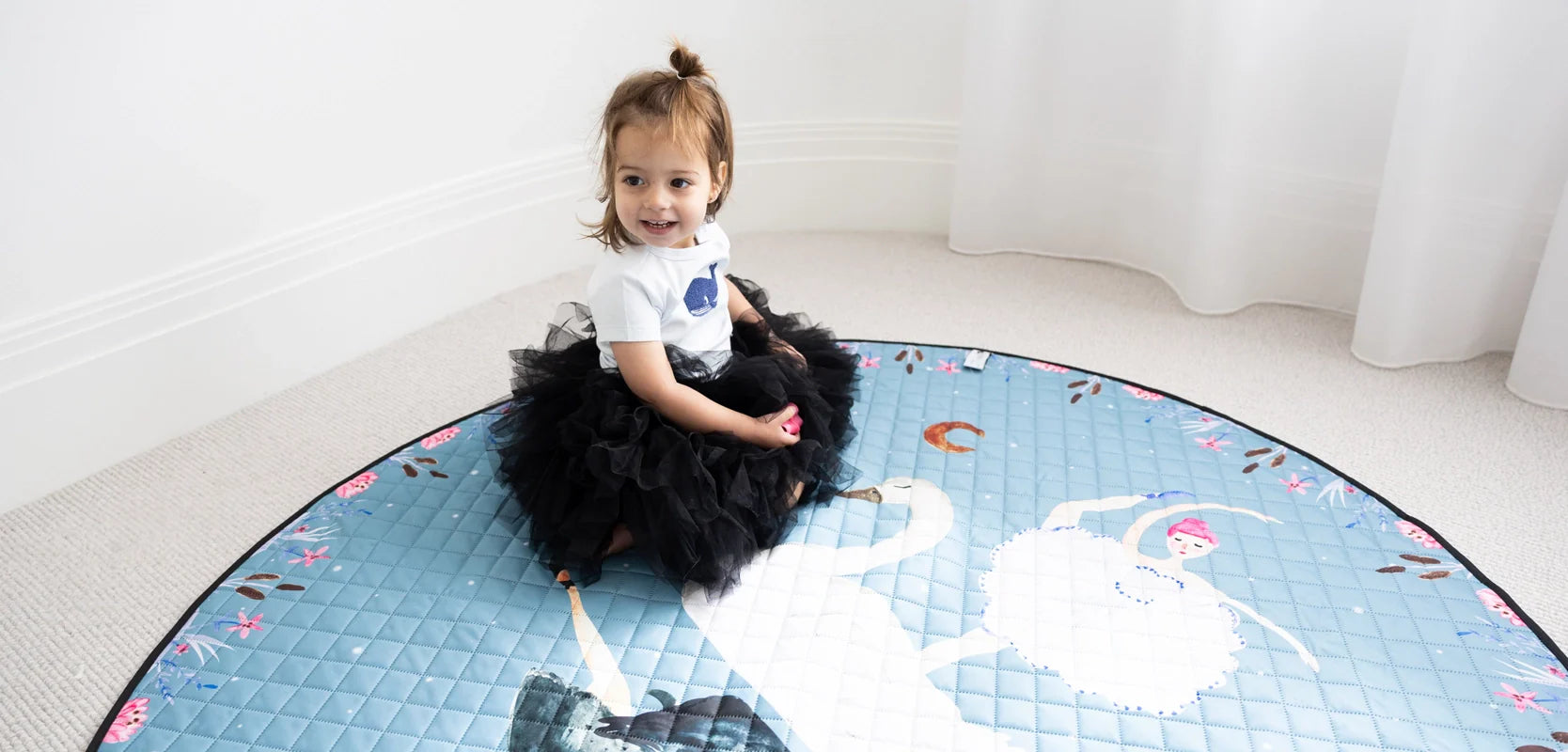What is the best bedding for your baby?

Recommendations for bedding and sleep spaces can change when research is conducted and when new products are introduced to the market. Because of this it is always good to keep up to date with the latest recommendations as well as why those recommendations are made so that you can assess a product yourself. Here is a little bit of information on what to look out for when choosing bedding for your nursery.

How do I choose the best bedding for my baby?
The best bedding for your baby is bedding that is soft, lightweight, and breathable. Softness is important for your little one's sensitive skin as it will reduce any friction and scratchiness. You also want to ensure that the weave of the material used for the bedding is tight and will prevent them catching their little nails in it. The use of organic cotton bedding promotes airflow and reduces the chances of overheating. Cotton is also recommended for reduction of eczema symptoms.
How can I keep my baby warm without a blanket?
Red Nose Australia recommends the use of sleep sacks with arms or arm holes and no hoods, or the use of a blanket tucked in firmly and no higher than your little one’s chest. If you are choosing a blanket you will want to make sure that it is an appropriate size to be able to tuck it in firmly, whilst also not being too large.
How often do you change baby bedding?
Babies' bedding should be changed at least twice a week, approximately every three days, if not more frequently. Environmental allergens like dust mites, pollen, and hair can accumulate on bedding, triggering allergies and skin reactions. Changing the bedding frequently provides a clean, low allergy environment for your little one to comfortably rest.
How many cot sheets do I need?
I asked around the office to find out how many all of the mums here think they need and here were the responses:
Mel B - “Four but could do with more, you can never have too many”
Amalie - “Three for me - 1 on the cot, 1 in the wash, and 1 in the cupboard. I would have loved to have a few more as backup so that I could change more frequently though”
Google will tell you all sorts of responses! What it comes down to is how frequently you want and need to change your little one’s sheets. Having a few backup’s available is always recommended, as well as accounting for one on the bed and one in the wash. A minimum of three is a great starting point before baby is born. Many families like to have a few more to get through the inevitable tummy bugs and periods where you might not be able to wash as frequently due to life's demands.
When can babies have loose bedding?
In order to reduce the risk of SIDS it is recommended that loose bedding and soft objects be avoided in sleep spaces for at least the first 12 months of life if not for longer.
What is the best way to check if my baby is too hot or cold in their bedding?
Red Nose recommends placing your hand against their tummy or back rather than checking hands or feet. Their tummy and back should feel warm to the touch. Don’t worry if their hands or feet are cool as this is completely normal. https://rednose.org.au/article/how-much-bedding-does-baby-need
What makes Designer Bums bedding so great?
All of our bedding is made from 100% GOTS certified materials and made to OEKO-TEX standard 100 to ensure the exclusion of ingredients that could be harmful to your little one's skin. We have a gorgeous selection of Bassinet sheets, Cot Sheets, Single sheet, and Bassinet Blankets to choose from, all made with soft, breathable materials.
Further Reading:
The Royal Childrens Hospital Melbourne, Eczema. https://www.rch.org.au/kidsinfo/fact_sheets/Eczema/
Red Nose Australia, What is a safe sleeping bag. https://rednose.org.au/article/what-is-a-safe-sleeping-bag







